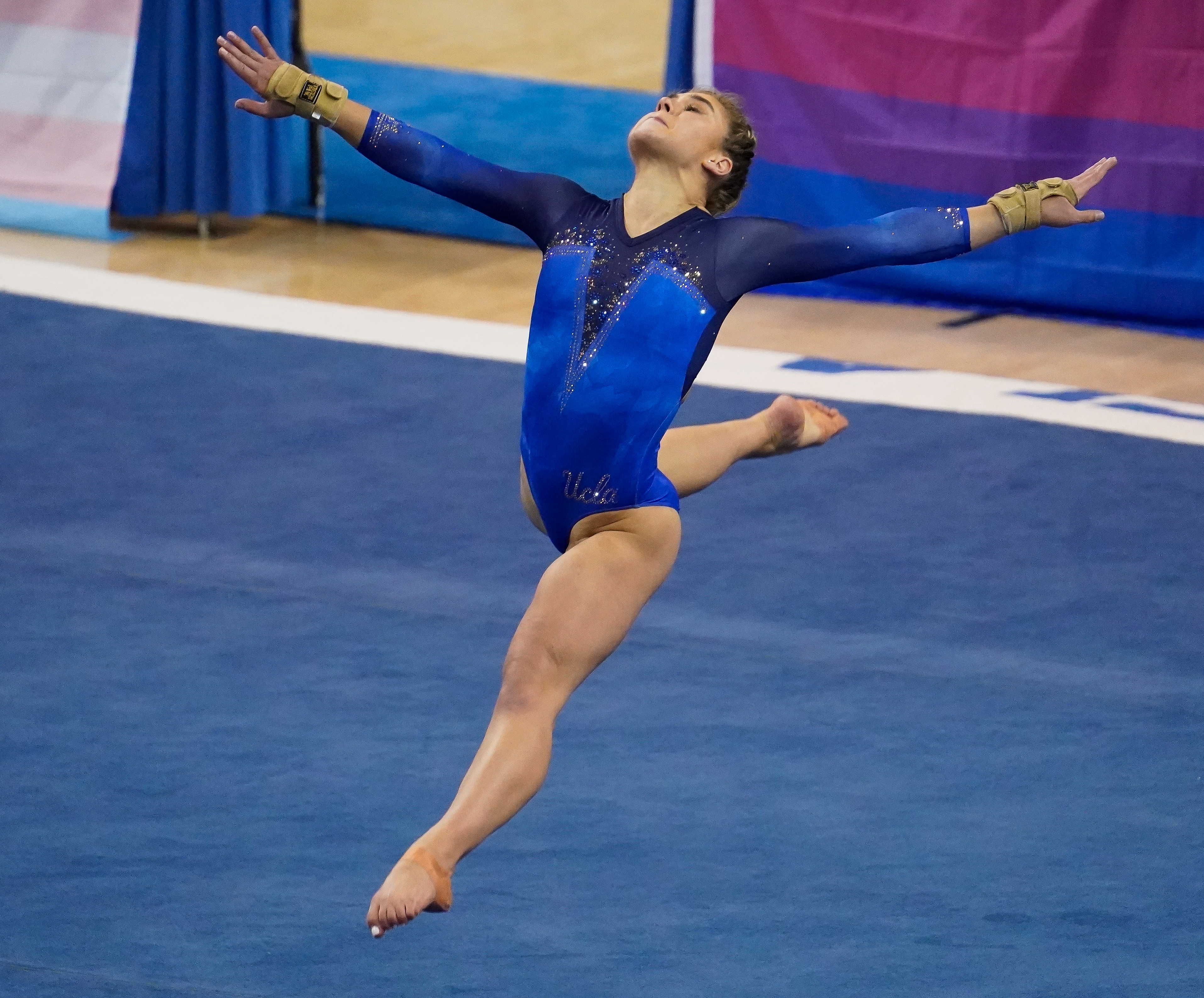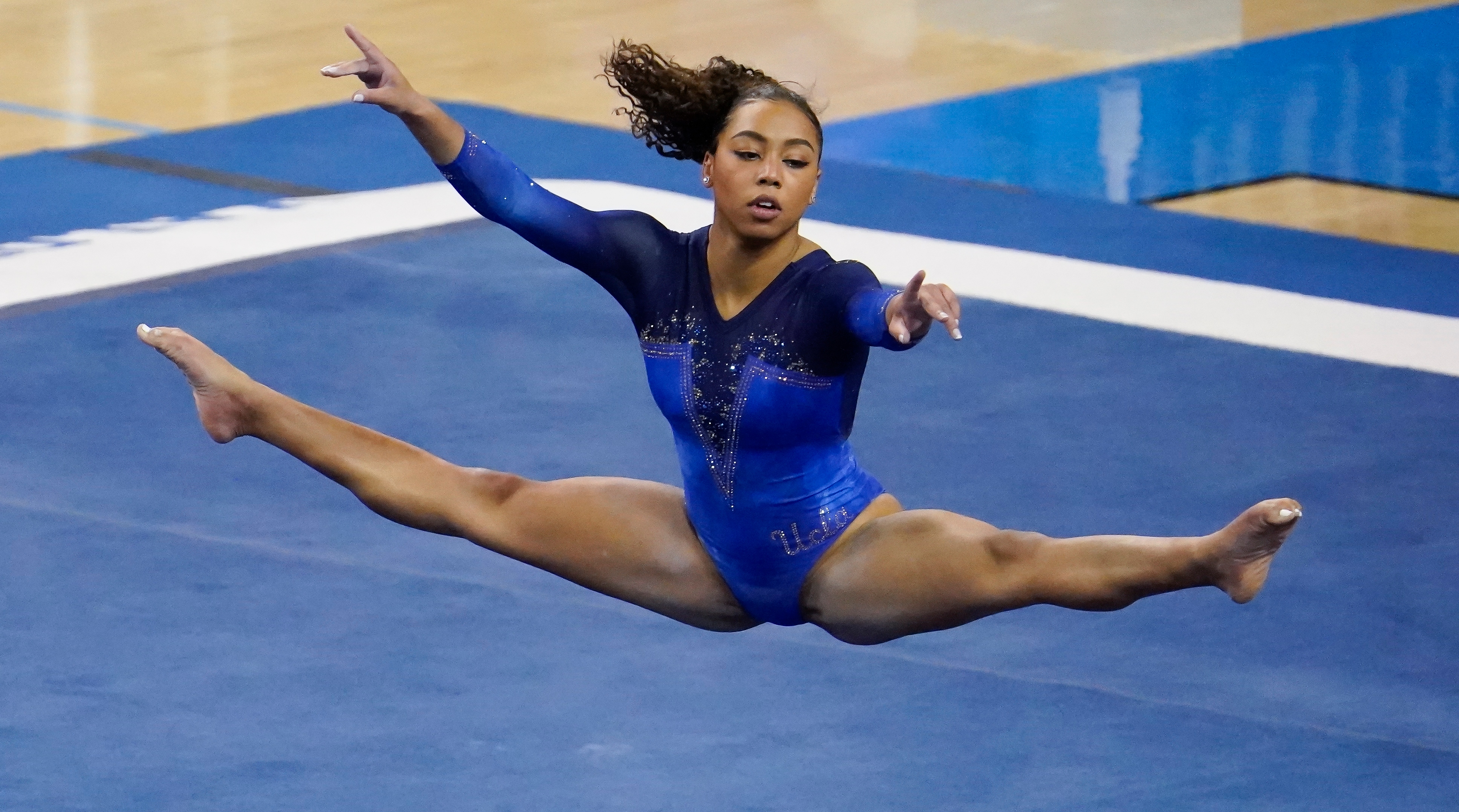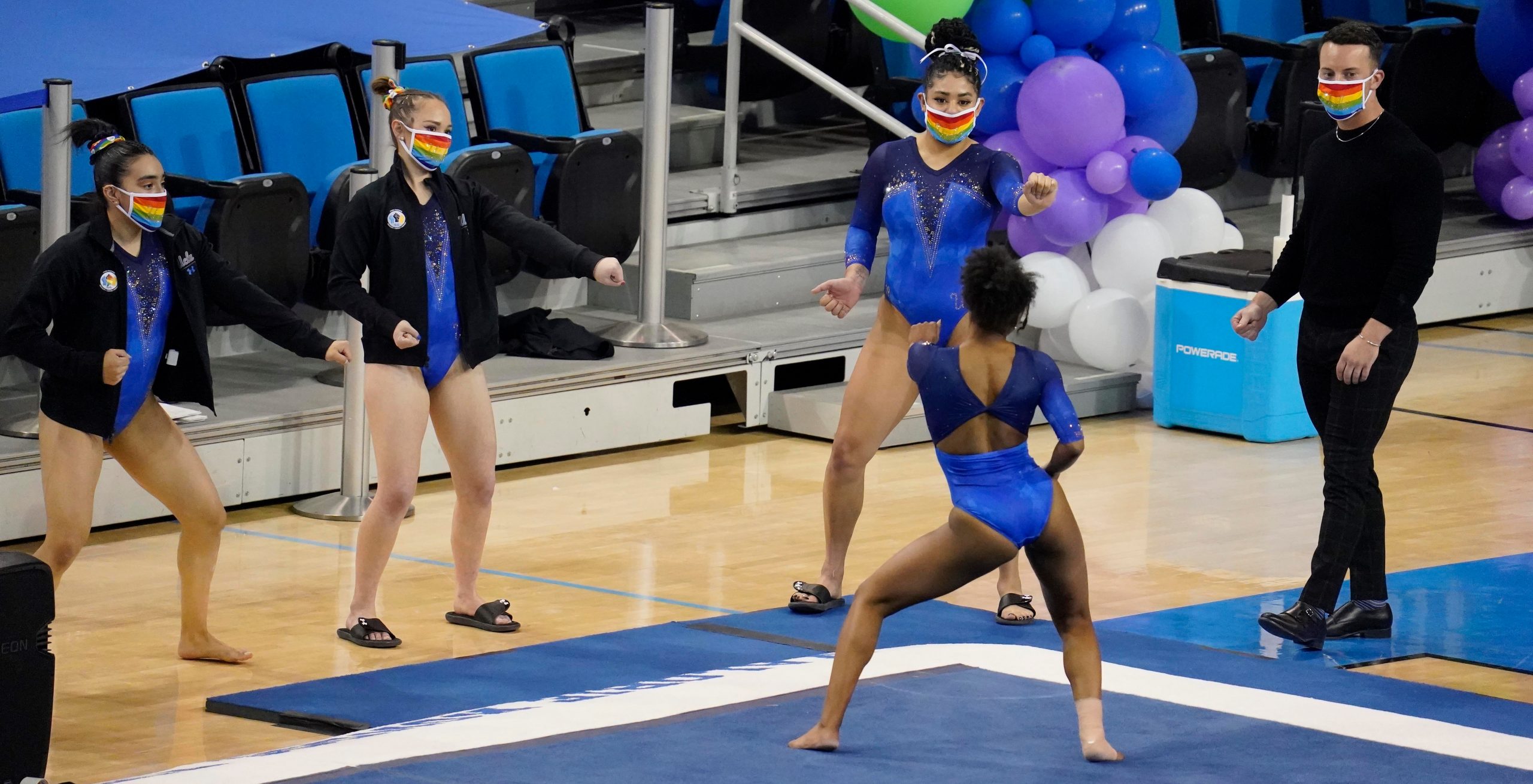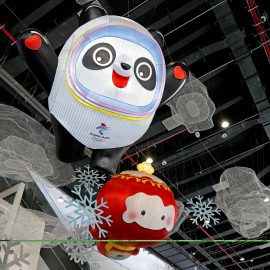What Is Rhythmic Gymnastics?
As is known by the long-term patrons of the Jenerg store, Rhythmic Gymnastics is an Olympic sport that mixes dance elements, primarily from ballet, with acrobatic skills, apparatus manipulation, and modern dance maneuvers. The mixture of athletic calisthenics requires sportspersons to be very physically fit in order to compete at the highest levels. Players must also be flexible, strong, agile, coordinated, and dexterous if they wish to compete professionally. The sheer level of work and effort it requires is one of the reasons it was first recognized as a sport in 1963, in which it became obvious that players who had the aforementioned physical qualities were able to perform far better than the seasoned amateur.
Where Did Rhythmic Gymnastics Originate
Though we cannot be sure where and when the original idea came from, there are noted examples of Jean-Georges Noverre experimenting with movement expression in the 1700s, and then again with François Delsarte in the 1800s, and then again with Rudolf Bode in the 1900s. Then, as a form of aesthetic gymnastics, Peter Henry Ling created what came to be known as a Swedish system of free exercise where performers conveyed emotions through movement.
When Was Rhythmic Gymnastics Invented
The sport as we see it today was probably born through the extension of the work Catharine Beecher did in 1837 when she founded the Western Female Institute in Ohio, United States. The form is known then was later expanded on with the 1885 book by Genevieve Stebbins called “The Delsarte System of Expression.” These instances, as well as the notions put forwards by the men who helped originate rhythmic dancing, were combined into a competitive sport that began in the 1940s in the Soviet Union.
Through the ideas put forwards by the men who originated the idea, and the ideas put forwards by the women who invented Rhythmic Gymnastics, the discipline was formed in the USSR, which was then recognized as a sport in 1961 when it was officially recognized by the FIG (the International Gymnastics Federation), though they called it Rhythmic Sportive Gymnastics before the term Rhythmic Gymnastics was popularized by the modern Olympics.
When Did Rhythmic Gymnastics Become An Olympic Sport?

The FIG named Rhythmic Gymnastics as a discipline of gymnastics in 1963, which is the first time it appeared in the Hungarian world championship. However, Rhythmic Gymnastics became part of the modern Olympic games in 1984 in Los Angeles. That was for single dancers only. A group event was added in 1996, which is also when the Olympics started experiencing a bigger showing from male Rhythmic dancers. Biological women (people with XX chromosomes) still dominate the Rhythmic Gymnastics sporting world, and it is only in Japan where men are starting to compete at the same level as women.
How Long Has Rhythmic Gymnastics Been In The Olympics
The Olympic games as we see them today have only existed since 1984, and that is when women started competing on an international level and where their achievements were uncontested (aka the scoring was fairer). With that said, what we call modern Rhythmic Gymnastics has been around since 1940 in the USSR, and it really shows in the Olympic scoreboards. Russia has dominated the Olympics since the year 2000. Even if they lost every Olympic game from the year 2020, it would take 36 years for their nearest competitor (Spain) to catch them up in terms of medals won.
What Makes Rhythmic Gymnastics a Sport?
With the exception of hunting, a sport is a competition where clear winners and losers can be established where reliance on luck is only minimal. In terms of sporting luck, the only real effector is bad luck, such as if a bird flies through a stadium and is struck by a ball during the winning shot of a football game. Even said bad luck is minimized. For example, a Rhythmic Gymnastics dancer will not slip on a patch of oil or be hit in the head by a beer can thrown from the audience. The only real bad luck effector is an illness, and sabotage, such as the one planned by Tonya Harding against Nancy Kerrigan in the 1994 Olympics. As with all sports, a clear and well-defined winner can be established, while also remaining competitive and popular enough to draw the highest standard of player.
The question as to if Rhythmic Gymnastics is a sport is often prompted as a knee-jerk reaction to clips of people competing. On the surface, a lot of what is done looks easy. However, the amount of agility, coordination, strength, focus, and stamina required to succeed at Rhythmic Gymnastics is far above that of many other sports. The fact that certain professionals make it look effortless is both a blessing and a curse.
What Is The Point Of Rhythmic Gymnastics?
Like all sports, the point is mixed. The fandom enjoys the cut and thrust of the competition, and the players enjoy the vigor of training and winning. As with all sports, there is a large degree of physical effort required, which leads in most cases to very physically fit and healthy people. It also helps create drive and focus in players, which are qualities that are very difficult to cultivate outside of the sports arena. Some people feel that Rhythmic Gymnastics is an art form, others feel that it is a manner of expression, and some feel it is an enjoyable pastime.
Rhythmic Gymnastics also has the pleasure of its dance elements, which also bring more to the table than first appears. For example, the appreciation of ballet is made more intense when viewers understands just how much work and effort it takes to pull off the moves being made on stage. With that in mind, Rhythmic Gymnastics has a similar benefit. Rhythmic Gymnastics at the highest levels involves movements and physical feats that are intensely difficult to pull off and master. People who watch and understand this fact are often exhilarated by people who are able to do these moves and often make it look effortless.

What Is Used In Rhythmic Gymnastics?
The primary component is people who are in extremely good physical condition. However, Rhythmic Gymnastics may also include a rope, hoop, ball, clubs, and ribbon. There are also rules involving how a competitor must be dressed, the music that a competitor uses, the footwear somebody uses, and there is always a floor area that must conform to certain standards (aka, not bumpy, slippy, etc.) People often visit stores like Jenerg to find whatever they need, which also includes accessories like things for keeping hair secure, bags, and so forth.
Add The Sports Daily to your Google News Feed!







